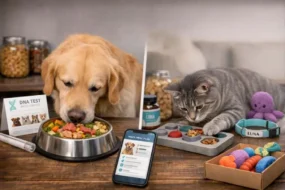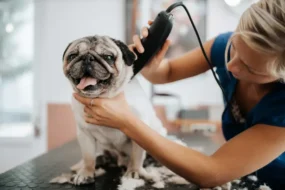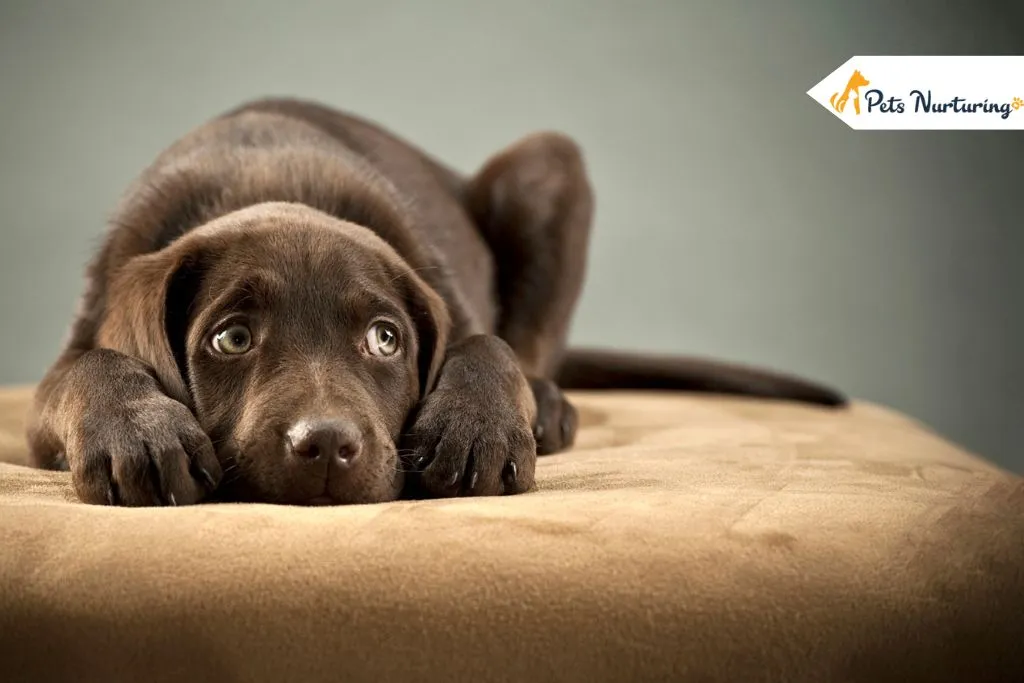
Similar to humans, dogs can show anxiety in different ways. And same as humans, dog anxiety can be triggered by different factors. These factors can range from separation anxiety, general fear, or behavioral issues. Today, we will talk about how to calm an anxious dog.
Knowing how to calm your dog and understanding the triggers of fear can help you improve the life quality of your pooch.
Why Are Dogs Anxious?
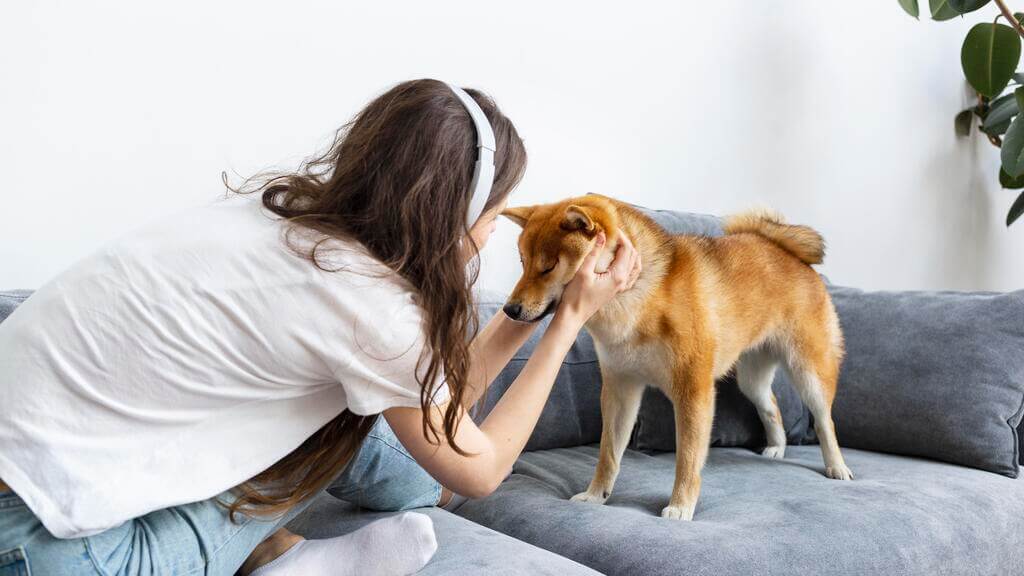
As we said before, anxiety can be triggered by different factors, from separation anxiety to fear of loud noises to changes in routine and environment. The three most common causes of dog anxiety are:
– Fear-related anxiety, caused by loud noises, strange people, strange animals, or other visual stimuli. This includes the vet’s office and car rides as well. Some dogs have brief reactions to these stimuli, others feel anxious for longer period
– Separation anxiety affects more than 15% of dogs around the world. These dogs cannot find comfort when they are alone at home or away from their family members. They exhibit undesirable behaviors, ranging from urinating and defecating, to destroying furniture
– Age-related anxiety is the last one, affecting older dogs due to cognitive dysfunction syndrome. It is similar to the early stages of Alzheimer’s disease in humans
Reasons Why Is Your Dog Anxious?
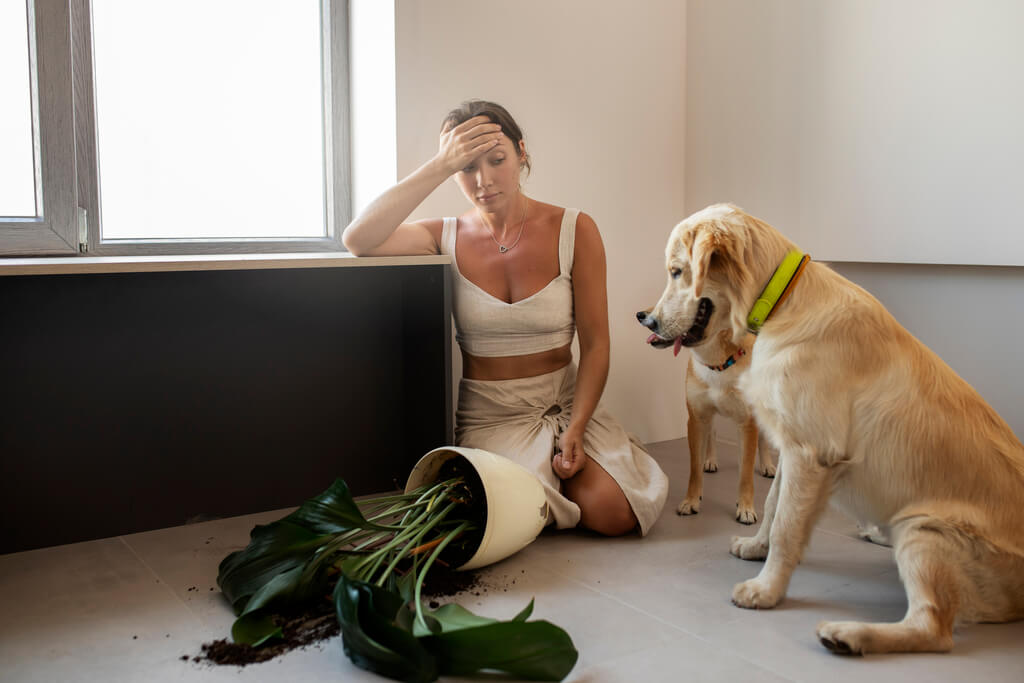
There are many reasons for dog anxiety, from traumatic experiences in the past to some simple situations like having a different dog bowl. Here are some common scenarios why your dog might feel unsettled.
- Change of environment, like moving to a new house or renovating your old house in a different way. It will take time for dogs to adjust. Of course, not as long as cats, but they do take time
- Other dogs in your home. It happens often in dogs that are used to being the only pet at home, and then a new pet arrives. Having unfamiliar animals in their home can be stressful for dogs
- Strangers and new people in the home. For example, having a new partner, a new baby, or unfamiliar people in the house. This anxiety can be triggered even by a delivery person knocking on the door
- Dietary changes can trigger anxiety, especially if you give your dog plenty of human leftovers
- Loud noises like storms, building works, and fireworks are the common triggers. Many dogs hate loud noises, and if the noises continue for a long period, your dog might suffer from sensory overload
- Crowds can be stressful, for example, when you throw a party at your home or you take your pooch to a place with many people. Stimulation can be too much for some dogs to handle
- Being left alone in the house is the common trigger for separation anxiety. This doesn’t apply if you have a herding dog. They are used to being alone
- Past experiences and traumas are common in shelter dogs and rescue dogs
Signs of Anxiety in Dogs
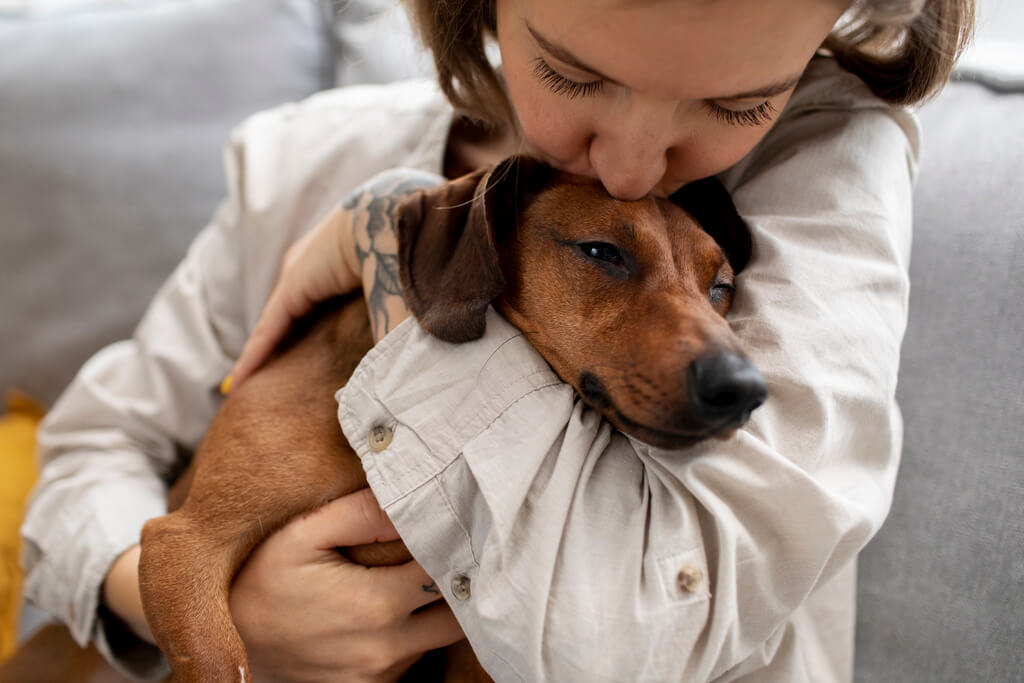
Similar to humans, anxiety can manifest in different ways. These signs range from whining, barking, to shivering and whimpering. Sometimes, dogs may even become destructive or hostile.
Over time, dogs often lose their appetite and become completely withdrawn if you do not address the severe anxiety issue.
Determining the cause is the key to success. With that in mind, here are some signs of anxiety in dogs: excessive barking, whining, panting, pacing, trembling, shivering, destructive behavior, loss of appetite, trying to hide, trying to escape, and more.
How to Calm your Anxious Dog?
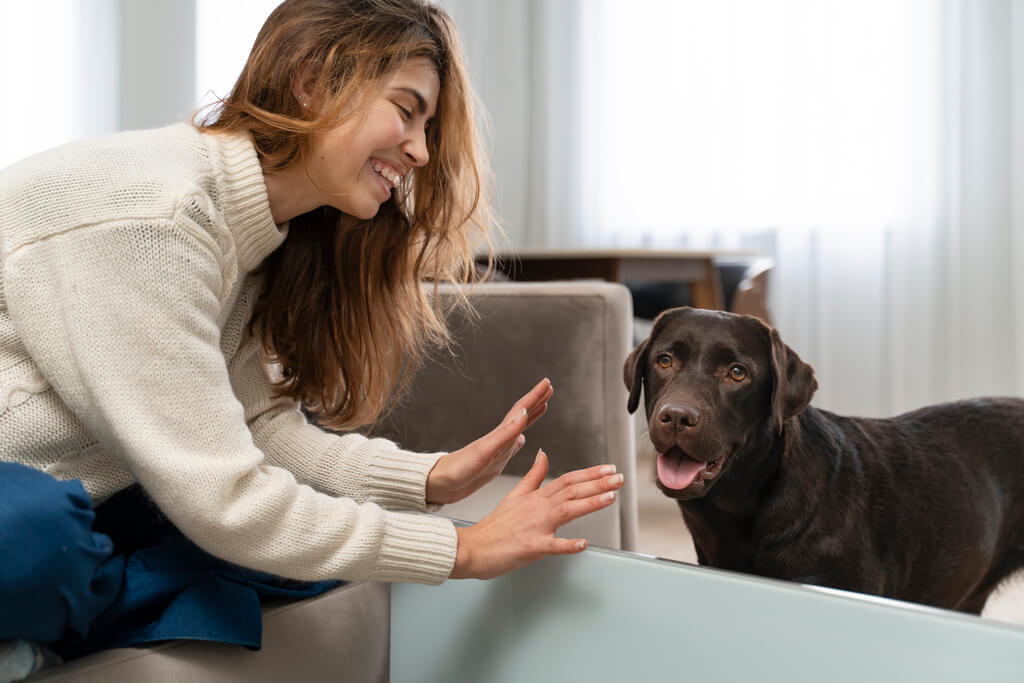
Now that we know how to identify a nervous dog, let’s talk about what you can do. As a dog owner and pet parent, it is your job to try and calm your pooch. Do not wait for the stress to pass. It might not happen. Instead, address the issue.
Here are some ways for how to calm an anxious dog.
Provide Physical Exercise
If your furry friend is prone to separation anxiety, the best thing you can do is provide plenty of exercise. Anxiety can cause an excess of energy. Take your dog to play or on a walk before you leave your home. Make sure to provide plenty of playtime and affection during this time.
Physical Contact
There is nothing more soothing than a hug from a loving person, right? Well, for your dog, that is you, his pet parent. Pick your dog up, cuddle on the couch, or give him a long petting session when he is nervous.
I can guarantee this work. I often cuddle with my dog Milo when there are thunderstorms.
A Relaxing Massage
Similar to physical contact, a relaxing massage will calm your dog down. In the same way massages calm an anxious human being, they can calm a canine as well. Anxiety often causes tension in the muscles. Massage therapy can help alleviate that tension.
With your dog, begin the session at the neck and then work downward with long strokes. Keep one hand on your puppy, and use the other to massage it.
Provide a Safe Space
Crate training helps a lot with anxiety. This is a natural instinct of canines to escape to a place where they feel safe when stimulation is too much to handle. That can be a covered calming bed or a room that is quiet. In any case, you have to put some effort into crate training and teaching your dog to find its safe place.
Music Therapy
In the past several years, music therapy has been a huge hit with canines. Music can be calming and relaxing. But more importantly, music can alleviate noise sensitivity by blocking scary noises.
Now, it might not work with thunderstorms. But music therapy can be helpful when you are not at home.
Calming Coats and Shirts
Products that have seen their rise in popularity include calming coats and T-shirts. They apply mild, constant pressure to your dog’s torso. They surround your puppy like a swaddling cloth on a baby. No matter what type of anxiety your pooch has, calming coats can help.
This also applies to thunder shirts, which can help a lot during bad weather.
Play with Toys
You do not have to go outside for a walk/play session. You can play at home with plenty of toys. The best toys for anxiety are interactive toys and puzzle toys. These provide mental stimulation.
During stressful times, you can use interactive toys to keep your dog mentally stimulation. Keep his mind off the anxiety.
How to Prevent Anxiety?

We talked about how to help your nervous dog during anxiety, but what about prevention? We have heard it before. Prevention is the best cure, right?
Well, the safest way to prevent anxiety is desensitization. It is a technique many dog trainers and behaviorists recommend.
You start in a controlled and positive environment, and then gradually expose your dog to the stimulus that is causing anxiety.
The goal is to find a threshold your pooch is comfortable with. And reinforce that threshold with positive reinforcement.
Should You Consider Medications?
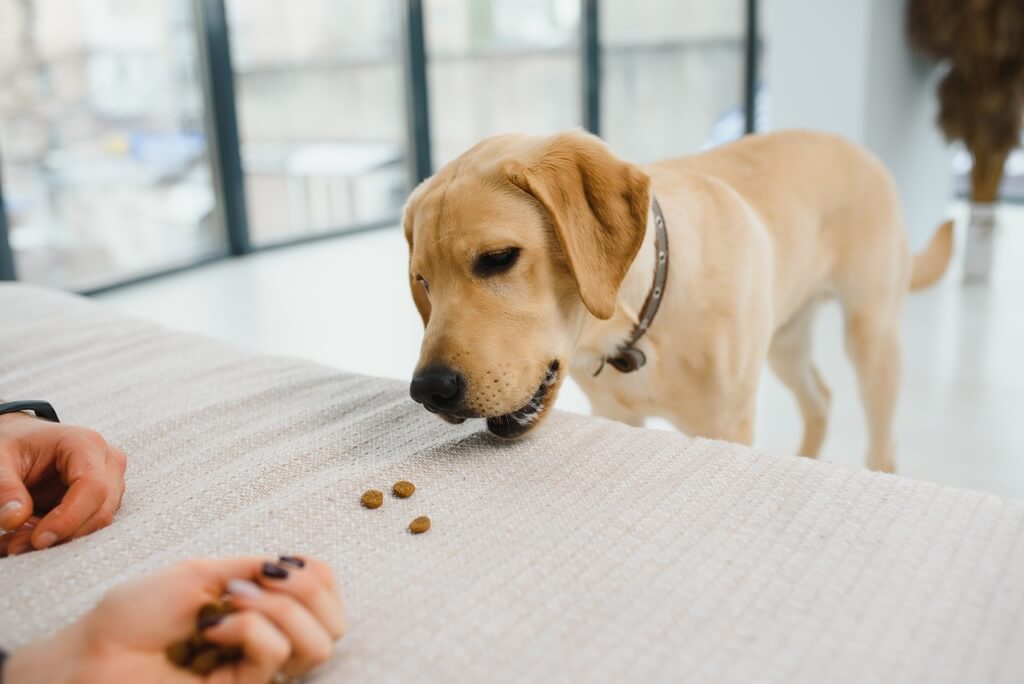
There are plenty of anxiety medications for dogs on the market. If all else fails, of course, you can try dog anxiety medication. After all, you want your dog to have a higher quality of life.
CBD oil has been quite common and popular lately for treating anxiety. But you have to consult with a veterinarian before using it. Do not ever use CBD oil without consulting with a certified vet.
Final Words:
In summary, understanding how to calm an anxious dog involves a multifaceted approach rooted in patience and empathy. With consistent effort and the right approach, you can help your furry friend overcome their anxiety and live a happier, more relaxed life.
Explore Further:








